The content of the article
Chestnut is a plant growing in the highlands of Northern Greece and Bulgaria, and belongs to the beech family. Thanks to the beneficial substances contained in the fruits of chestnut, its healing properties are widely known throughout the world. Moreover, the fruits of this plant can be eaten baked, fried or boiled, and they are also added to the dough during the manufacturing process of all kinds of muffins and other baked goods.
However, in no case should you confuse a noble chestnut, which can be eaten with inedible horse chestnut. A distinctive feature of edible chestnuts is the characteristic crest, located on the tip of the cone of this fruit. Most often, chestnuts are baked on charcoal, since it is in this way that they turn out to be the most delicious. In the event that there is no bonfire nearby, they can be easily baked in an ordinary oven or roasted in a frying pan over low heat. In order for the chestnut not to explode during the frying process, it must be incised.
Useful properties of edible chestnuts
Despite the excellent tastes of edible chestnuts, however, the largest amount of nutrients and elements is found in the leaves of this plant, which are rich in glycoside, pectin and tannins, as well as vitamin K. In folk medicine, chestnut leaves are used as a decoction or infusion for stopping internal bleeding in humans. Fresh chestnuts are also used to make wound healing, astringent and anti-burn decoctions and products. The bark and fruits of fresh chestnuts are also indispensable in the treatment of diseases associated with the gastrointestinal tract.
A decoction of the fruits of the chestnut tree perfectly treat skin diseases, such as a boil.
Harmful properties of chestnuts
Fresh chestnuts can cause harm to the body only if they are abused, and individual intolerance to this food product cannot be ruled out.
Also, constipation, diarrhea, as well as other allergic reactions are possible from the use of the product.
Video: the magical properties of chestnut

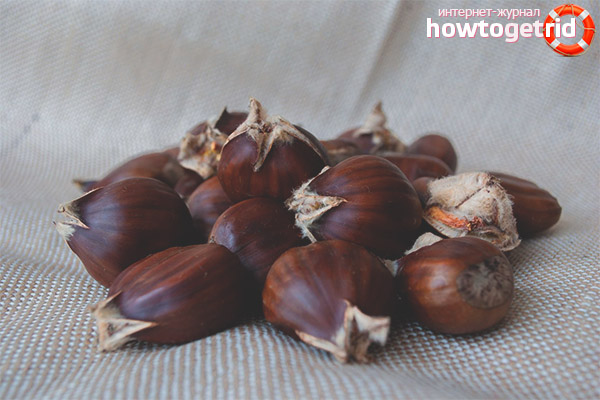
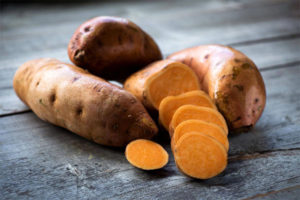
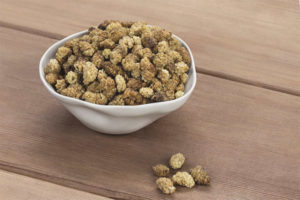


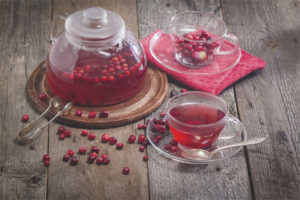
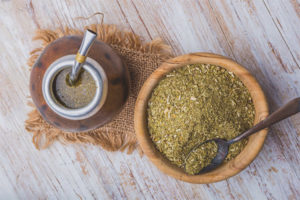
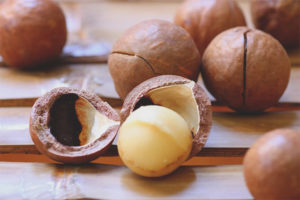
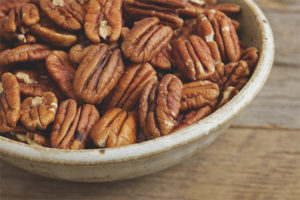
Submit